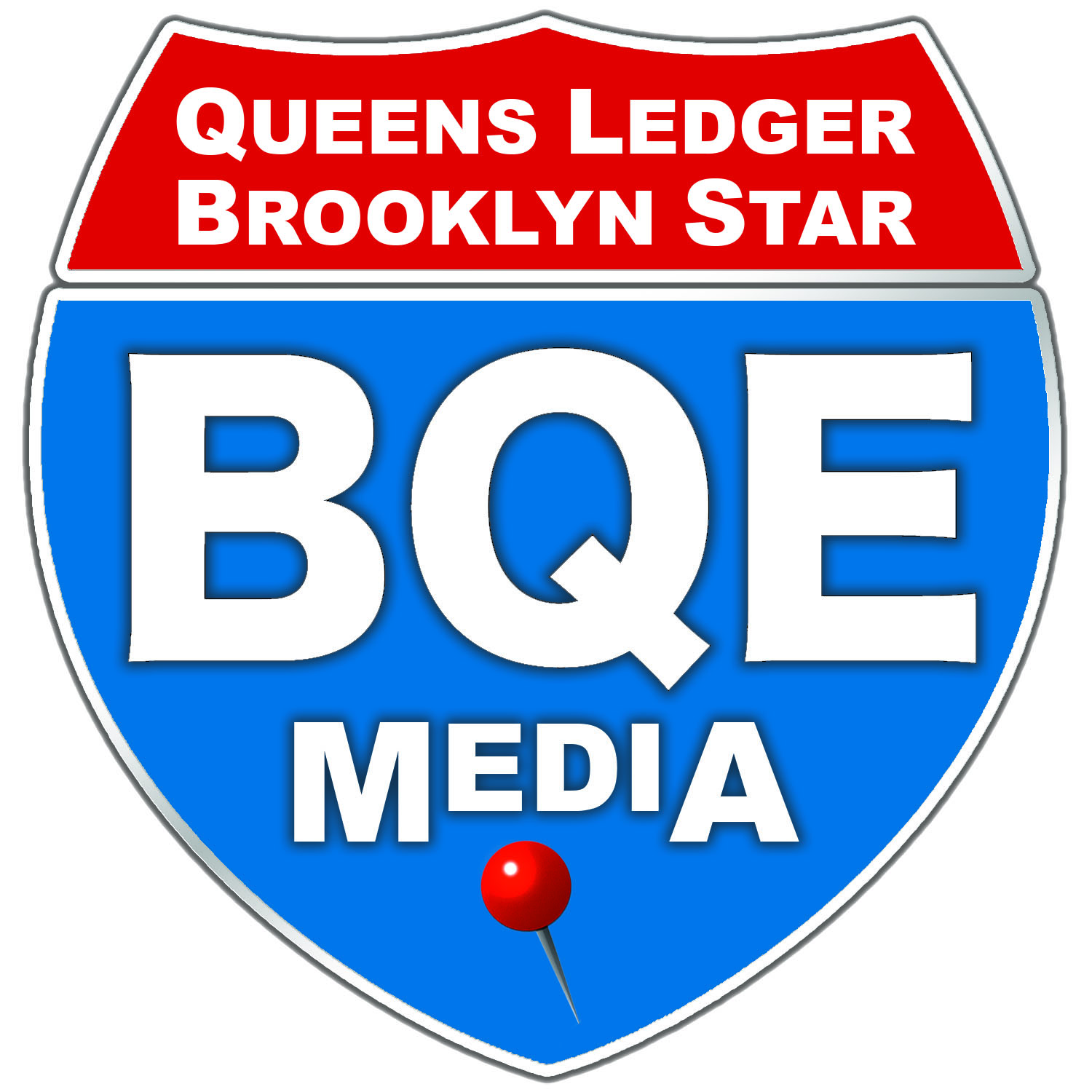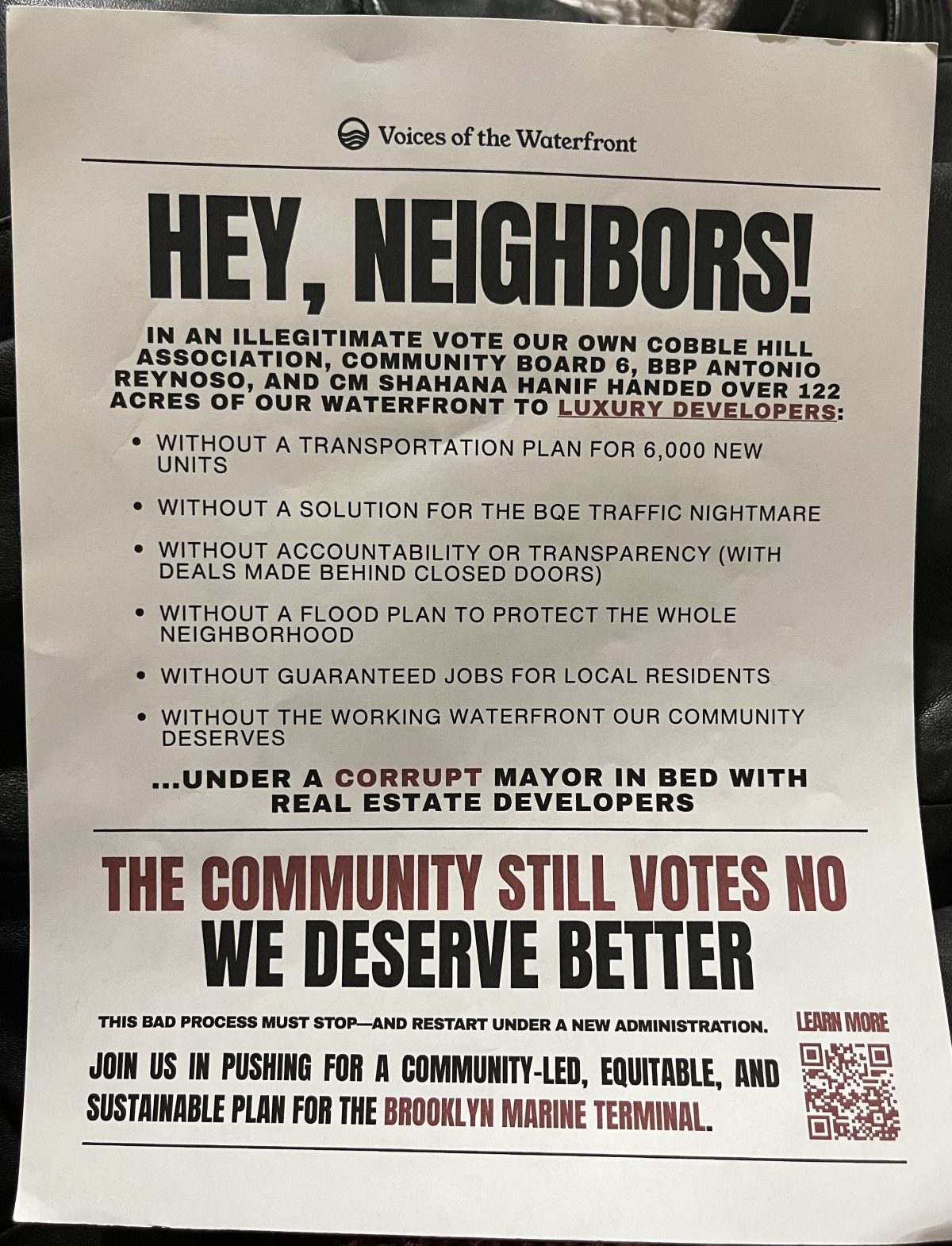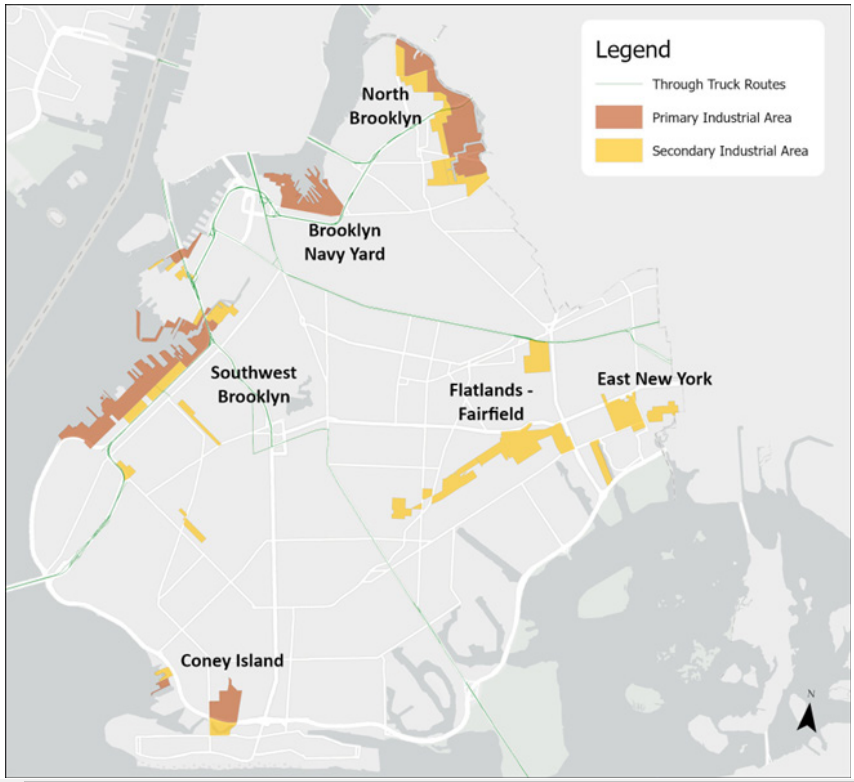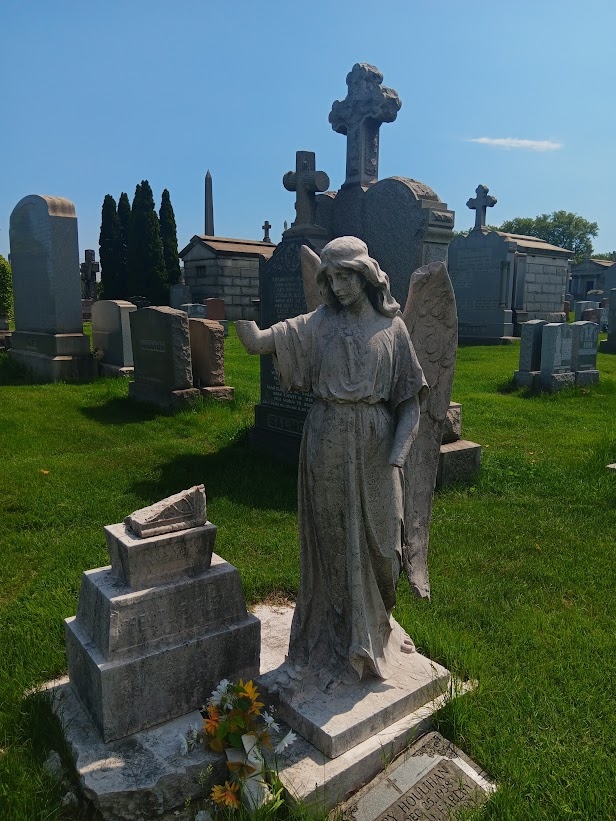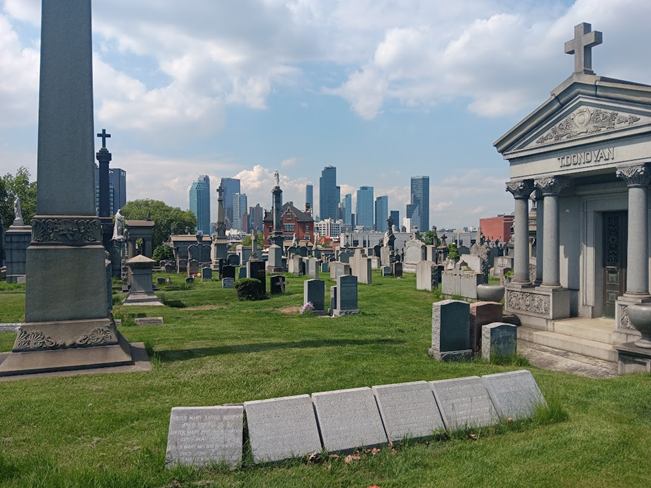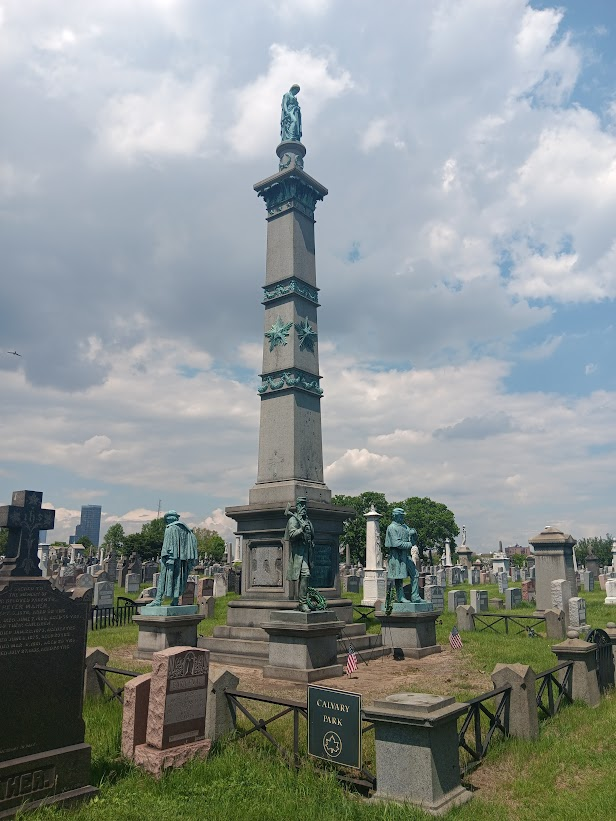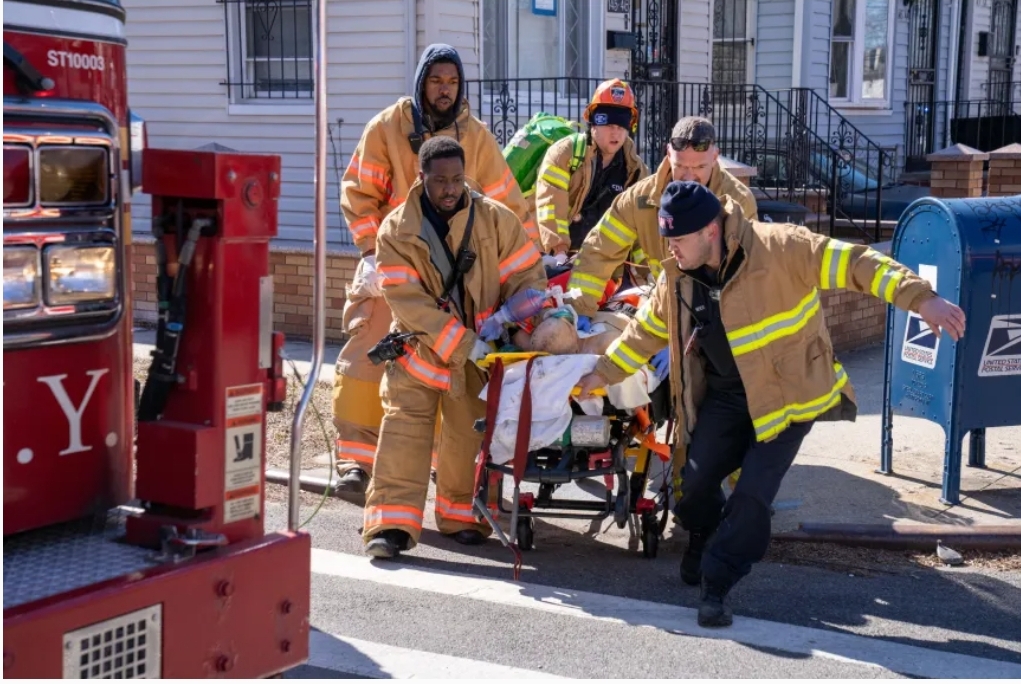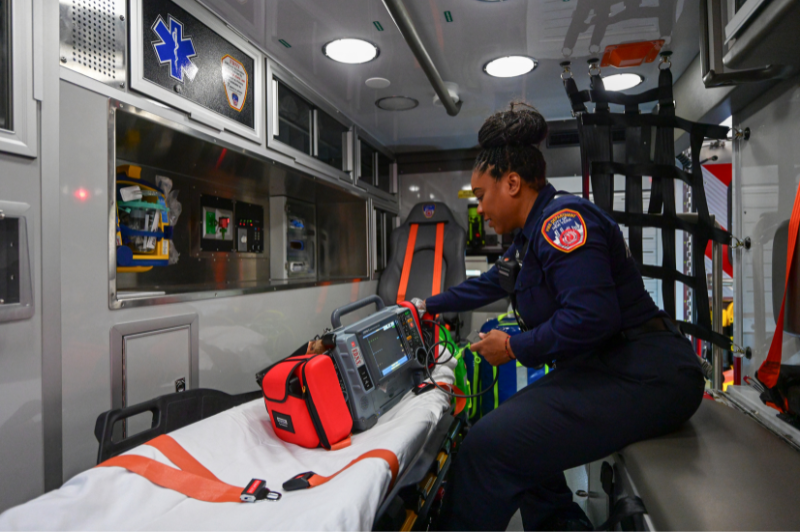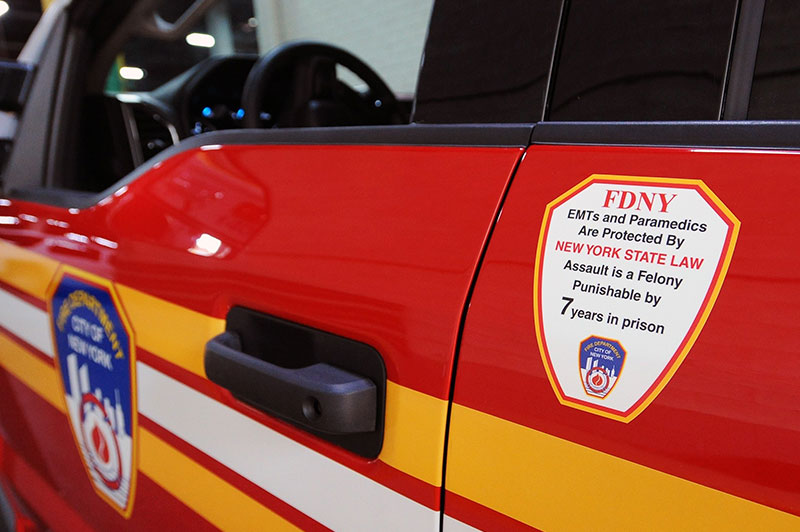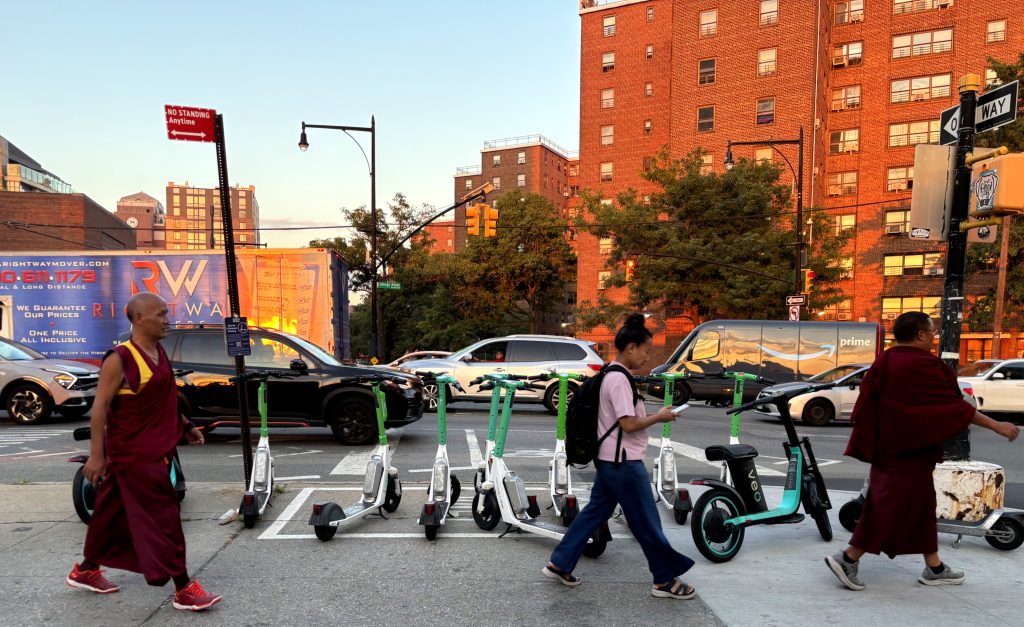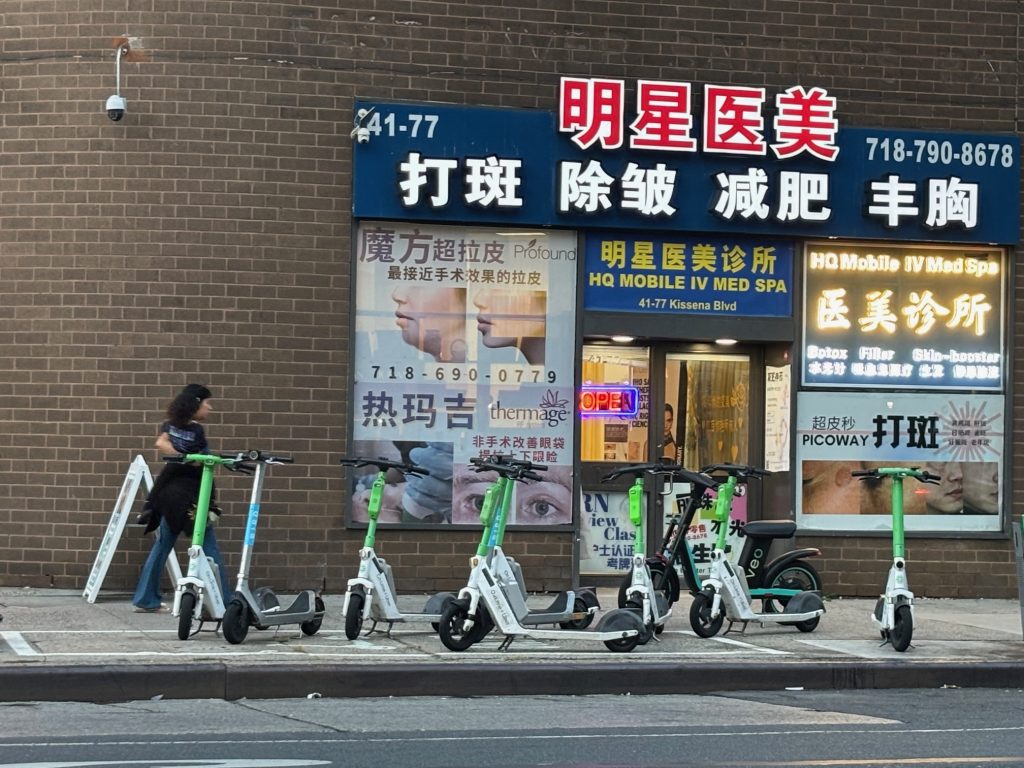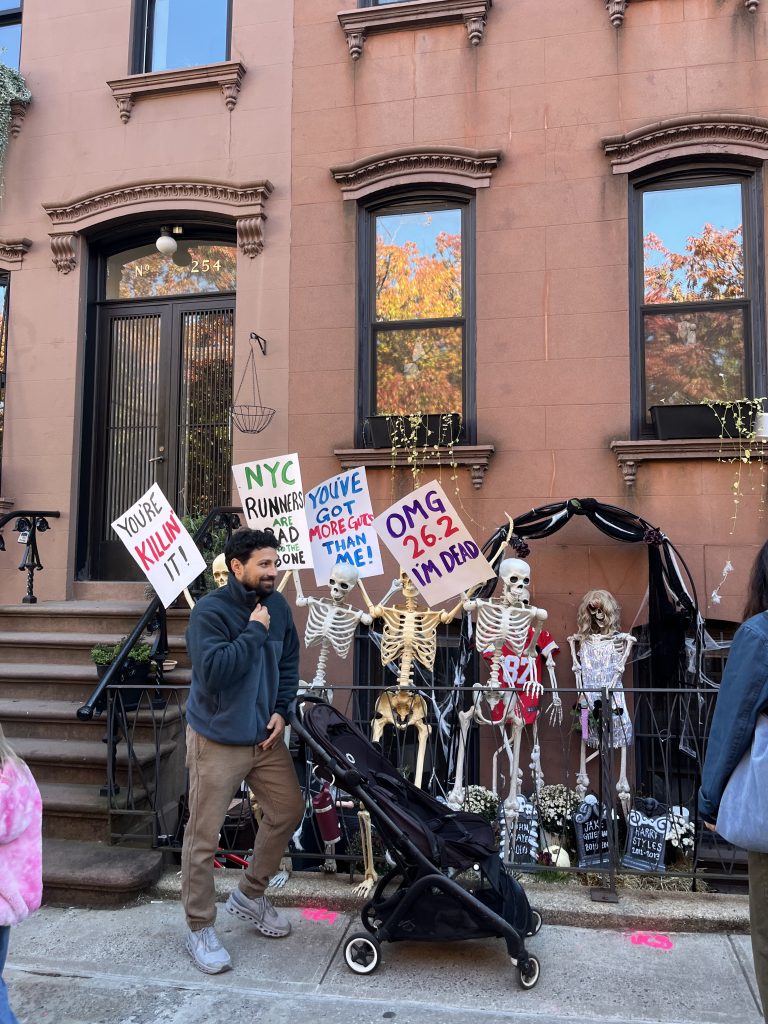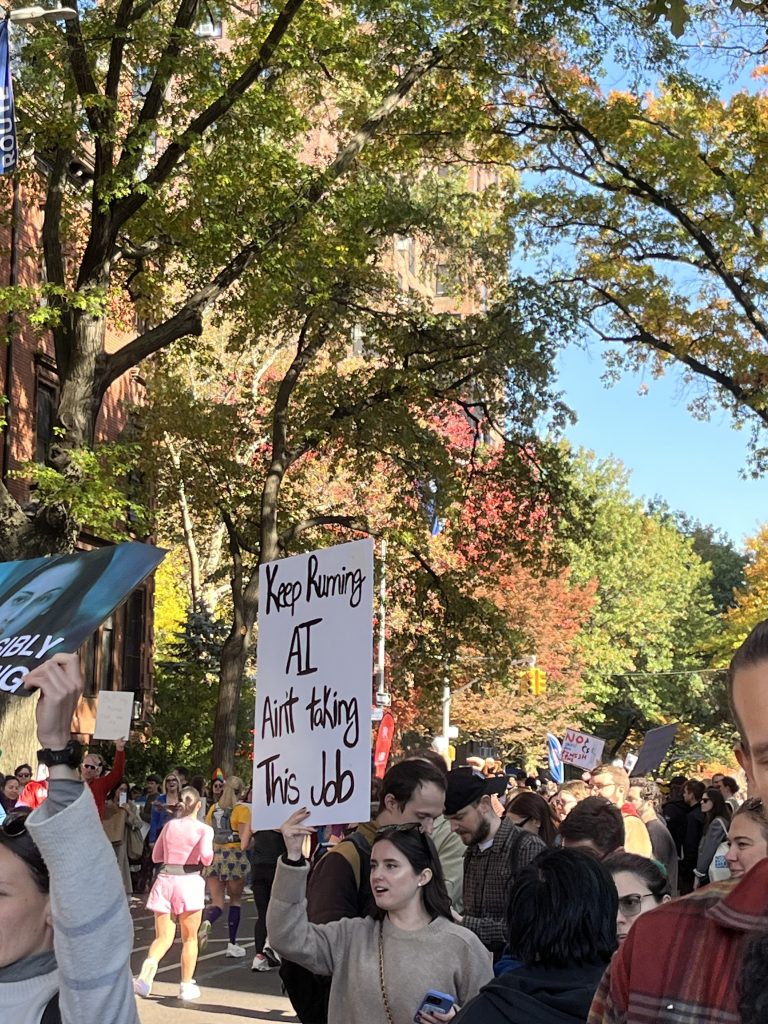New Phase of the Brooklyn Marine Terminal Plan, Same Battle Lines
By COLE SINANIAN
At the first of three scoping meetings for the Brooklyn Marine Terminal redevelopment project, more than a dozen Red Hook, Cobble Hill, Carroll Gardens and Columbia Street residents slammed the NYC Economic Development Corporation’s (EDC) plan to build waterfront housing and upgrade the industrial port in Red Hook for its alleged failure to adequately address environmental and transportation concerns, and requested that planners improve community outreach and conduct a thorough environmental study.
New Front, Same Battle Lines
The BMT Vision Plan, approved September 22 by an EDC-appointed task force, has been both lauded for its ambition and criticized by community members for its haste and alleged lack of transparency. The $3.5 billion plan outlines what will be among the largest redevelopments in New York City history once completed by the late 2030s, with some 122-acres of waterfront land stretching from the Brooklyn Cruise Terminal to the southern end of Brooklyn Bridge Park slated for redevelopment.
“For the first time in many years, there is a plan that offers a real long-term path forward to create a first-class facility for essential transportation infrastructure,” wrote president of the International Longshoreman Association Frank Agosta and Red Hook Container Terminal President Michael Stamatis in an April amNY Op-Ed.
But since the beginning, the BMT project has been marred by controversy. Earlier this year, the vote to approve the plan was postponed five times— held only after the EDC had secured a two-thirds majority in a process that some have described as secretive and undemocratic.
“We have been totally disheartened by the process,” said Cobble Hill resident and former Cobble Hill Association president Franklin Stone during her testimony at the October 28 meeting. “I’m a believer that good processes lead to a good result. This is not leading to a good result.”
The October 28 meeting was the first of a series of meetings that will eventually inform the City’s Environmental Impact Statement (EIS) for the BMT project. A virtual meeting was held on October 30, while a final in-person meeting will be held on December 1 at Sacred Hearts & St. Stephen Church in Carroll Gardens. The meetings are an effort to encourage public engagement in the Draft Scope of Work (DSOW), a document that will decide the specifics of the environmental review study, which will be conducted by the environmental consultancy group AKRF.
After the EIS is published, the state’s Empire State Development Corporation will use it to draft the BMT General Project Plan sometime in 2026. Members of the public can submit comments on the DSOW until December 11, after which a Final Scope of Work will be published that lists all comments and how they’ll be implemented into the EIS.
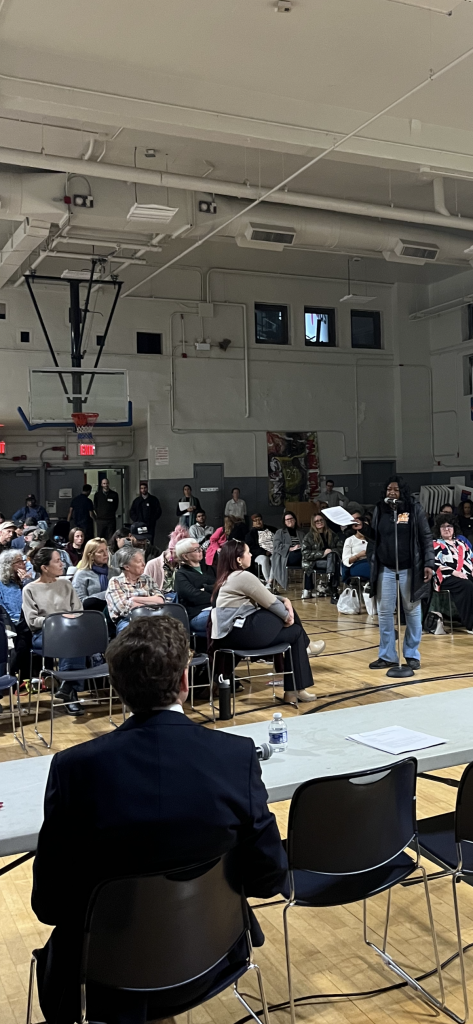
Karen Blondel speaks in favor of the BMT redevelopment plan at a scoping meeting on Tuesday, October 28. Photo by Cole Sinanian
Divided Opinion
Public testimonies at the October 28 meeting largely centered on traffic issues, environmental resilience concerns, and the EDC’s communication and outreach to the affected communities, which community members criticized as inadequate. The meeting began with a brief presentation by the EDC’s Senior Vice President of Neighborhood Strategies Nathan Gray, who described the project’s background and outlined the environmental review process. Then AKRF Senior Environmental Director Johnathan Keller explained what the EIS will include, followed by testimonies from members of the public, who were given three minutes each.
In her testimony, Stone spoke about the inadequate transportation links in her neighborhood. The B61 bus, which serves Cobble Hill, is often delayed, while drivers are frequently stuck in stop-and-go traffic behind the large freight trucks coming from the area’s last-mile distribution centers. The BMT plan’s proposed housing — 60% of which would be luxury — could nearly double the neighborhood’s population.
“You are proposing to build this whole project in a transportation wasteland,” Stone said. “All you really have to do is live in the neighborhood, and you find that it takes you a half hour to go to three blocks. “It’s simply too much housing, and too much industrial, and all the attendant traffic for the amount of space.”
Columbia Waterfront District resident James Morgan opened his testimony by recalling the destruction caused by Hurricane Sandy 13 years ago and reminding the EDC panel that climate change will only worsen natural disasters like Sandy.
“Therefore we request that the EIS consider adaptive mitigation triggers that are tied to future conditions beyond 2038, through at least 2050 to 2080,” Morgan said.
Sharon Gordon, a 20-year resident of Tiffany Place, echoed Morgan’s concerns and drew attention to the study area outlined in the DSOW, which would extend in a 400-foot radius from the proposed construction site.
“It is necessary to expand the technical study to at least Third Ave and Tillery Street,” Gordon said. “Otherwise, communities that will certainly be affected from pollution and flood risk aspects, such as Cobble Hill, Carroll Gardens and Gowanus, will be excluded from the impact assessment.”
In a statement to the Star, EDC spokesperson Chuck Park clarified that the 400-ft study area around the BMT site is not the only area that will be studied in the environmental assessment. A separate transportation study area, for example, will look at surrounding transportation features like BQE ramps and intersections well outside the 400-ft radius.
A handful of speakers at the meeting, including Morgan and Gordon, proposed splitting the environmental study into separate processes— one for the industrial port section of the development, and another for the housing component, which is currently slated for the northern portion of the BMT property.
When asked if this was a possibility, Park — who attended the meeting — emphasized that the BMT Vision Plan was approved by a two-thirds supermajority in September, then later provided a generic email statement praising the plan.
“NYCEDC remains fully committed to transforming this waterfront site into a modern all-electric maritime port, alongside a vibrant mixed-use community – delivering thousands of permanently affordable homes, thousands of new jobs, public open and green space, and an engine of economic opportunity for the community and the city,” the statement read.
During his testimony, Columbia Street Waterfront District resident and tenant organizer John Leyva criticized the EDC’s failure to elect residents of the neighborhood to its task force.
“The Columbia Street Waterfront, which will bear the brunt of this redevelopment— the traffic, the sound, the construction that will happen right here next to us — has never had a representative of its own on the task force,” Leyva said. “That exclusion is unacceptable.”
Still, some attendees had a more positive outlook on the BMT development. Karen Blondel, a community activist and president of the Red Hook Houses West — which forms the largest public housing complex in Brooklyn and one of the largest in the country — was optimistic about the BMT development’s potential to continue the transformation of a neighborhood that has historically been associated with crime and industrial decay.
“This project could bring good industrial and maritime jobs, it can strengthen our local economy— that’s something that’s been neglected in Red Hook since I got here in the 1980s,” Blondel said. “When I got here at 19, all the industrial places were closing up, it felt unsafe. Prior to that, this was known as Al Capone land. So we’ve come a long way in a short period of time.”
At the start of her testimony, Blondel drew attention to the room’s occupants, emphasizing that many of the speakers were from the wealthier Cobble Hill and Carroll Gardens neighborhoods and none were from the Red Hook Houses.
Blondel continued: “We have to start addressing the residents, the children who are here now. I want to know what the socio-economic impact is on neighborhoods like Red Hook Houses, when we’re not as organized as some of our more affluent neighbors.”
